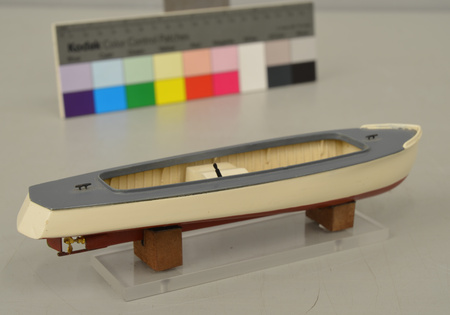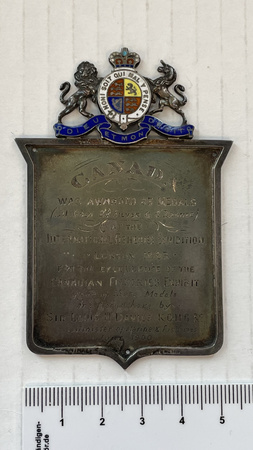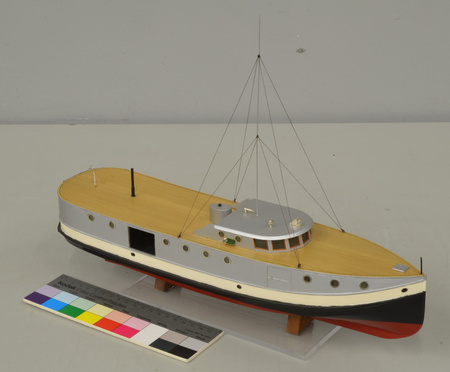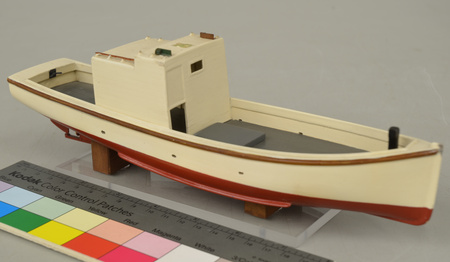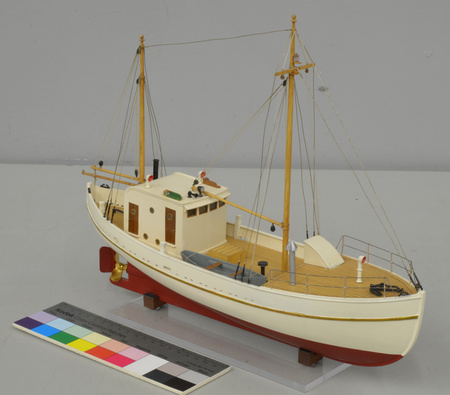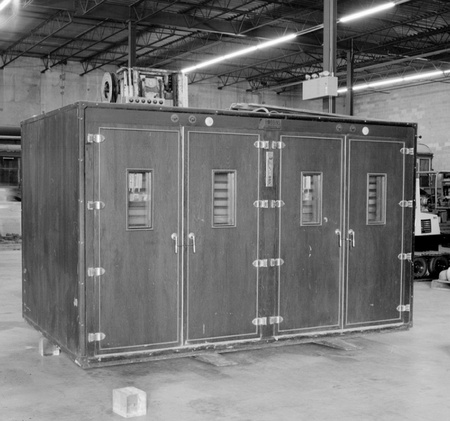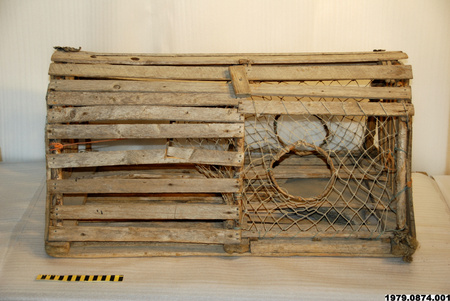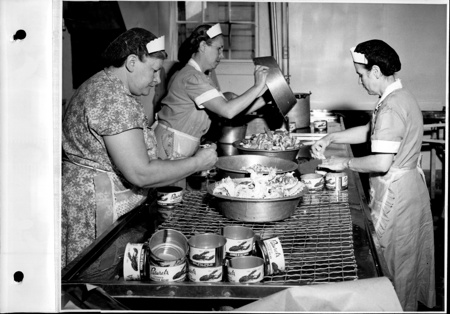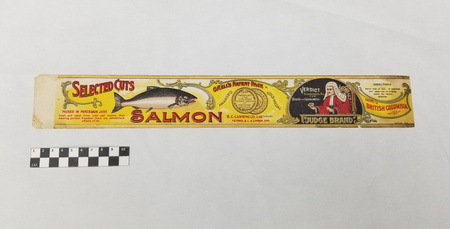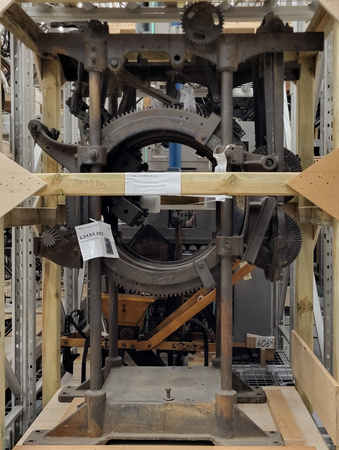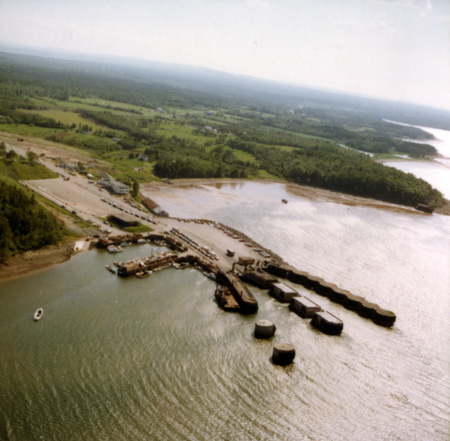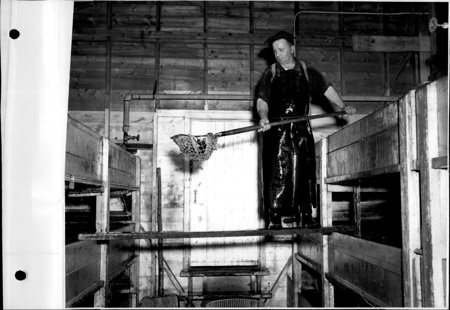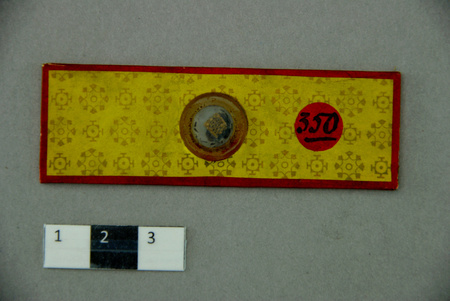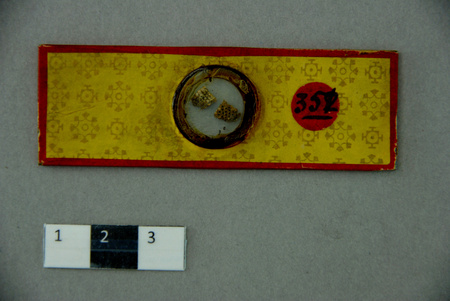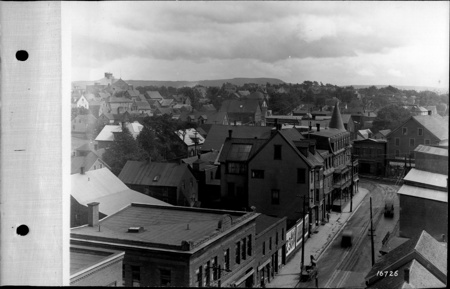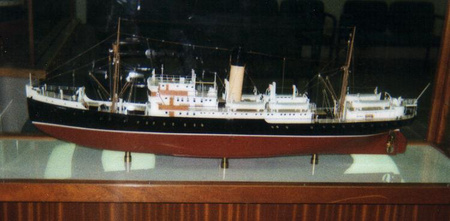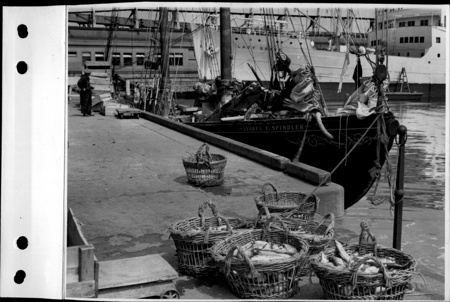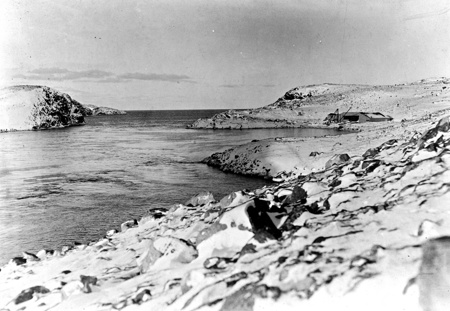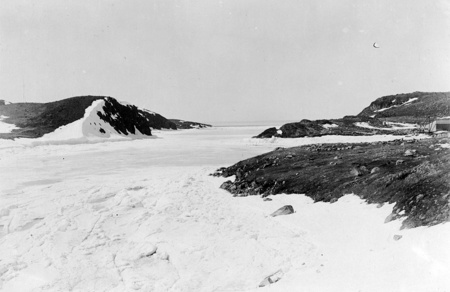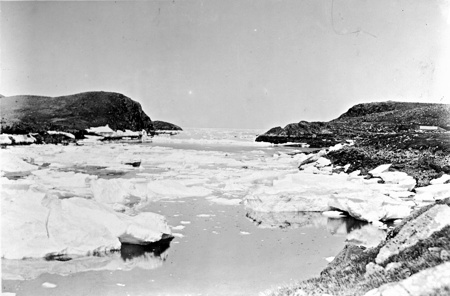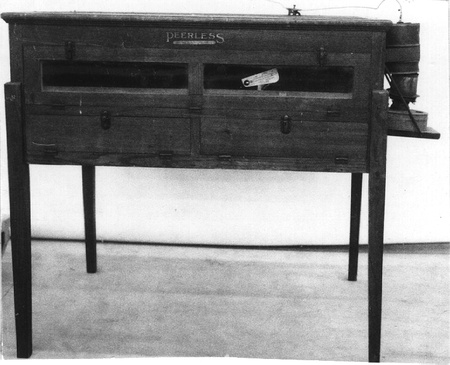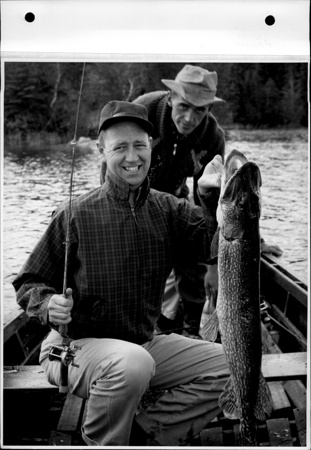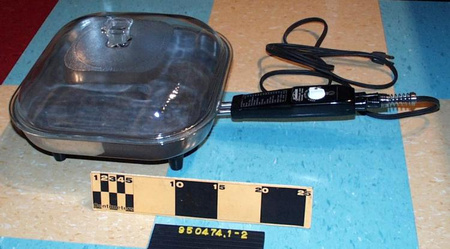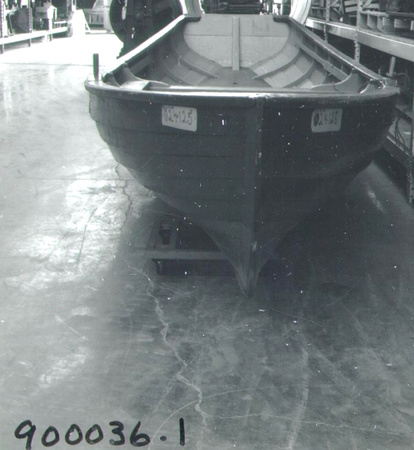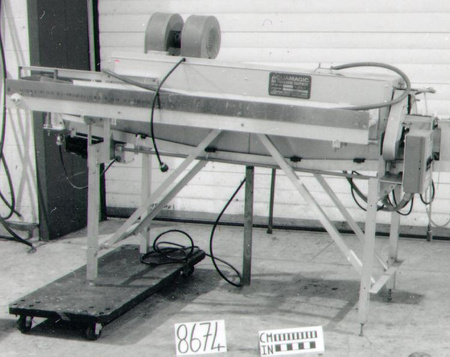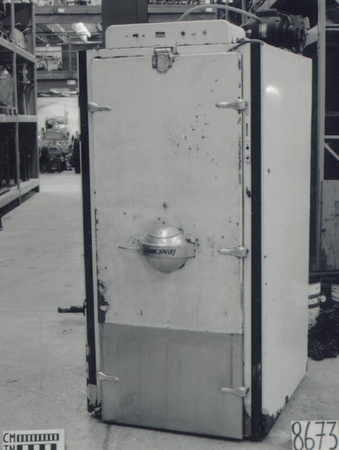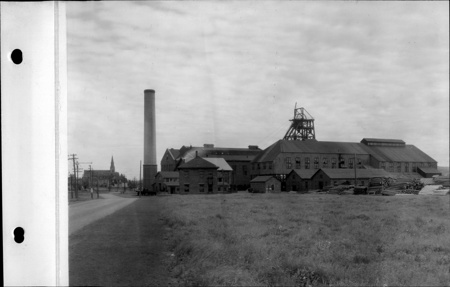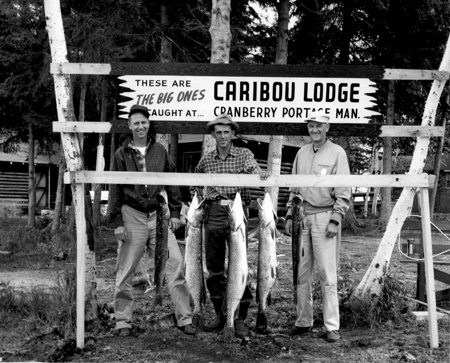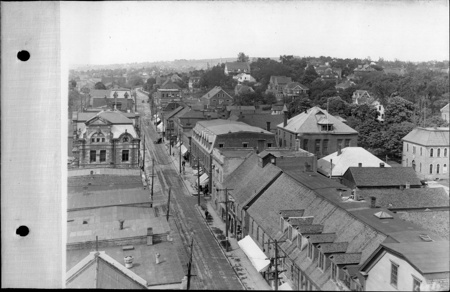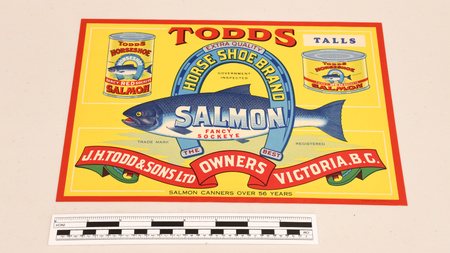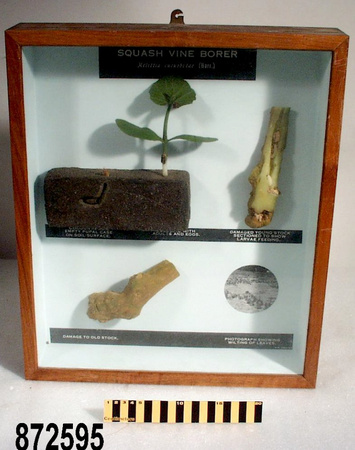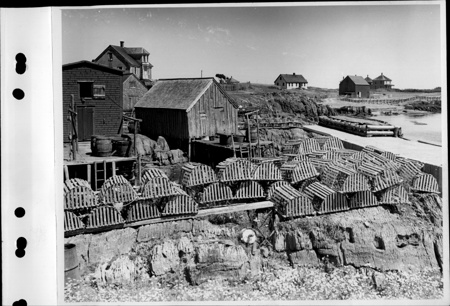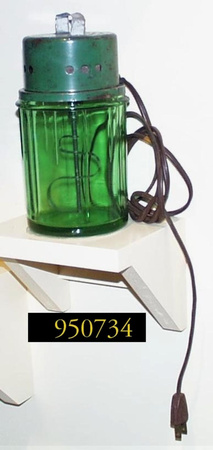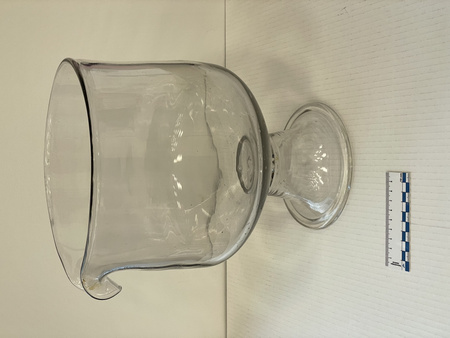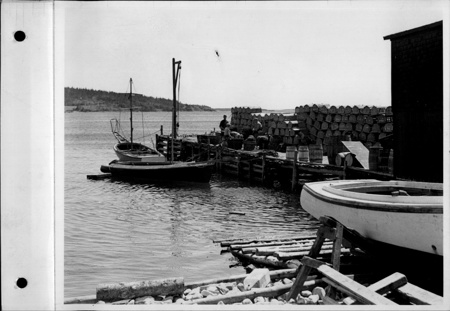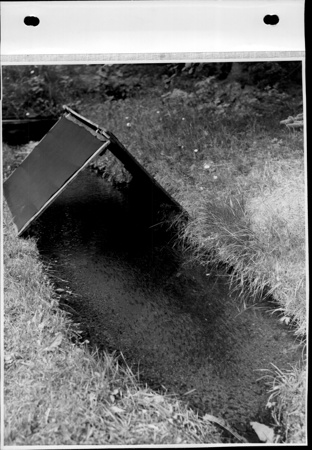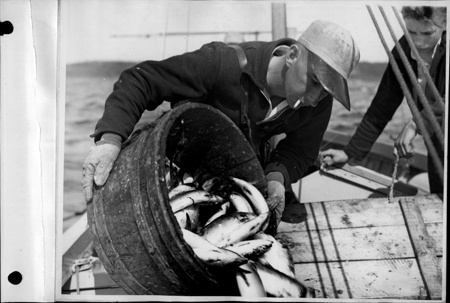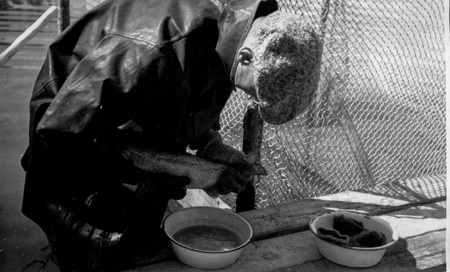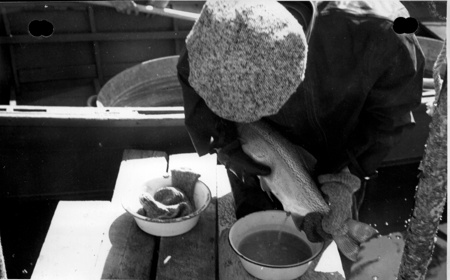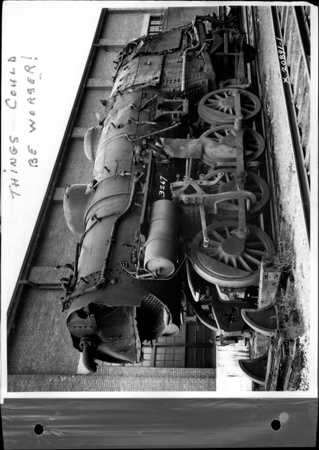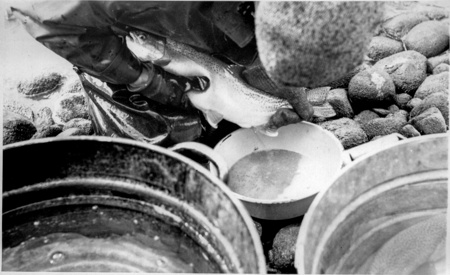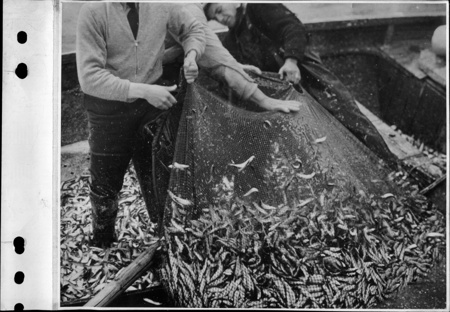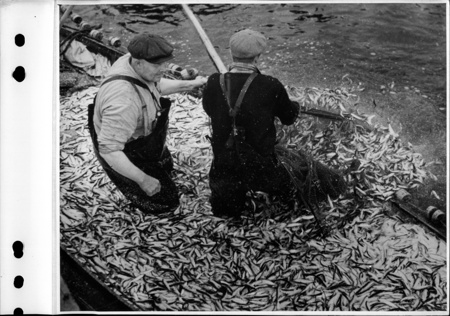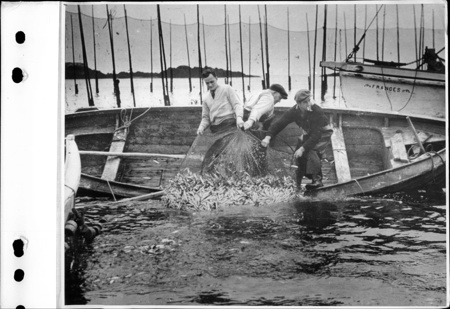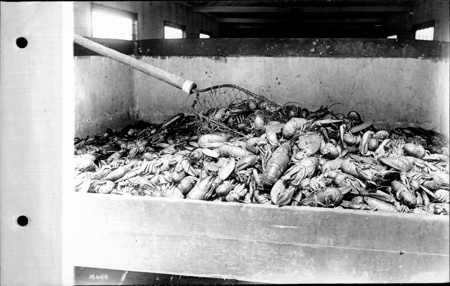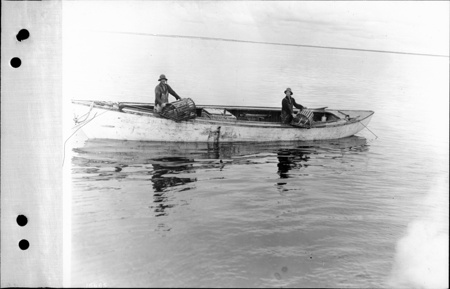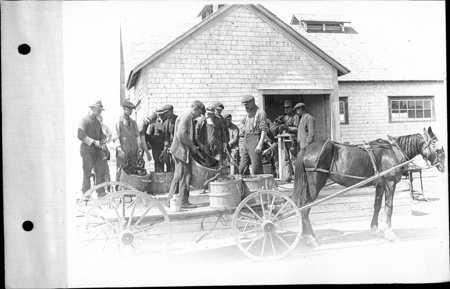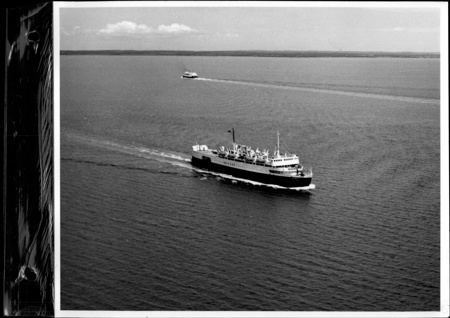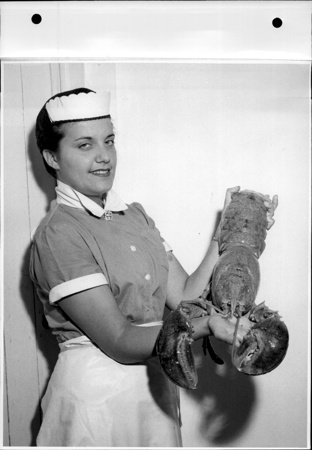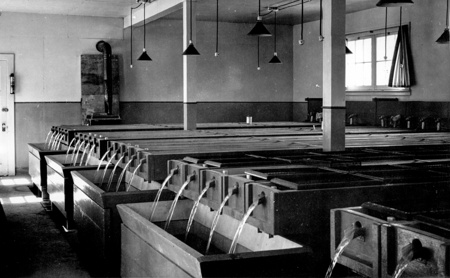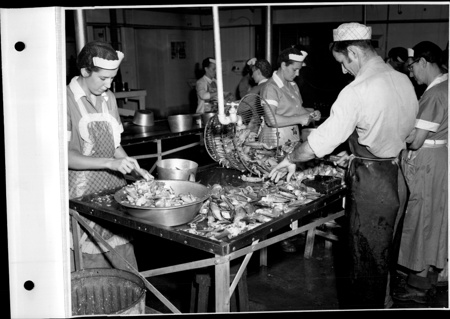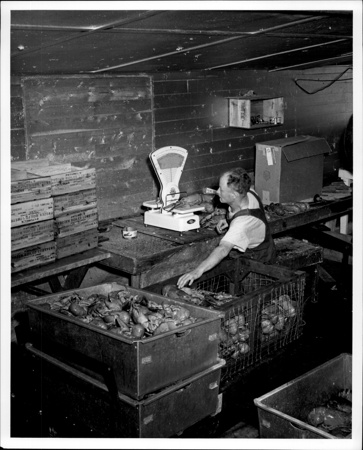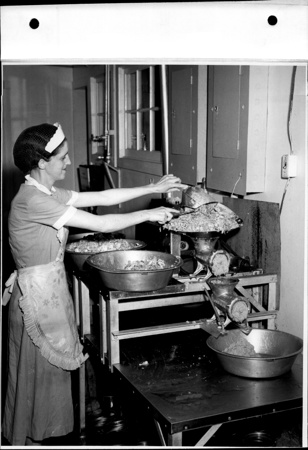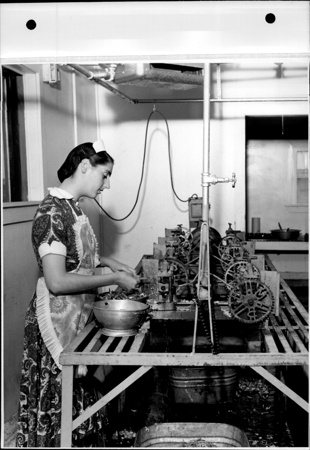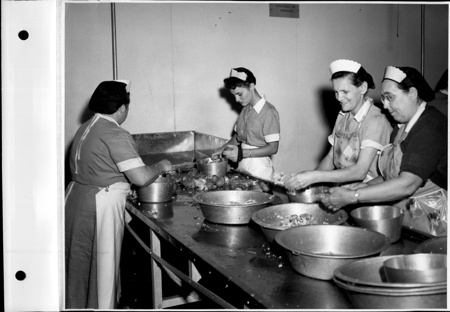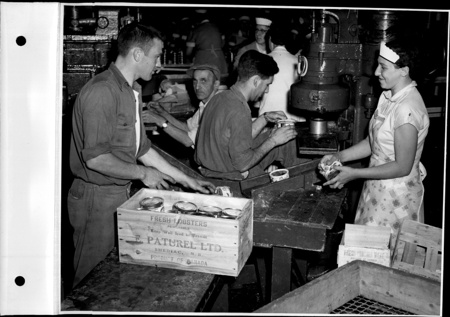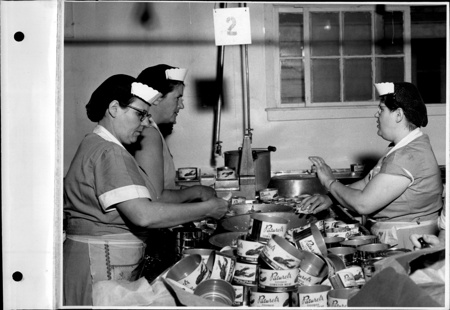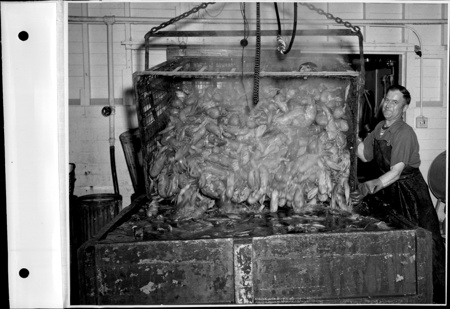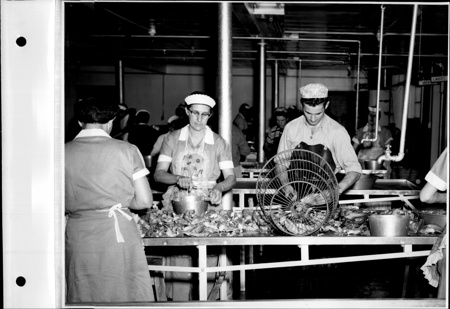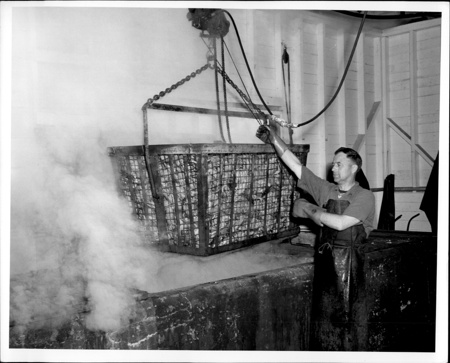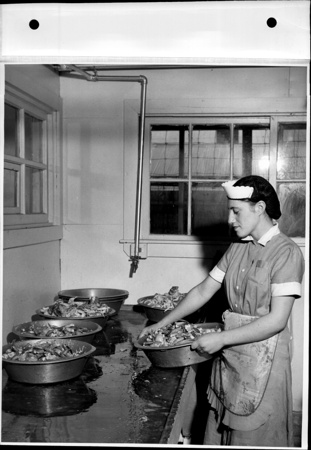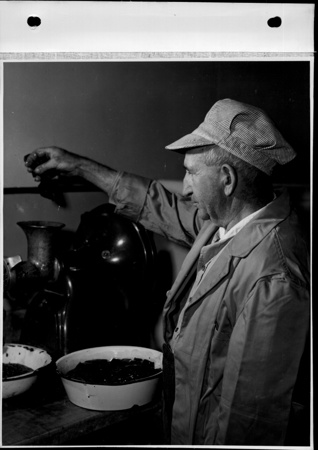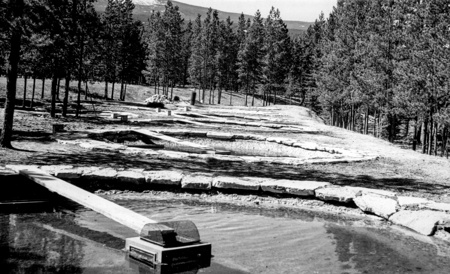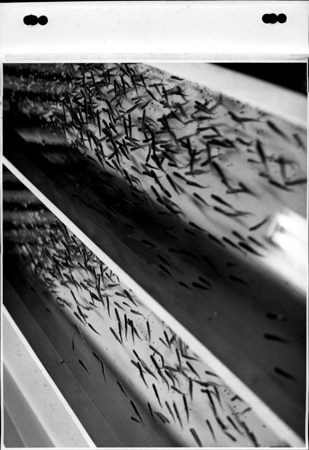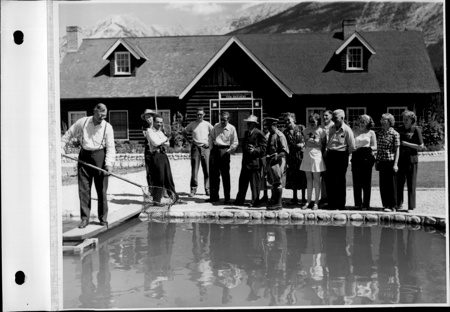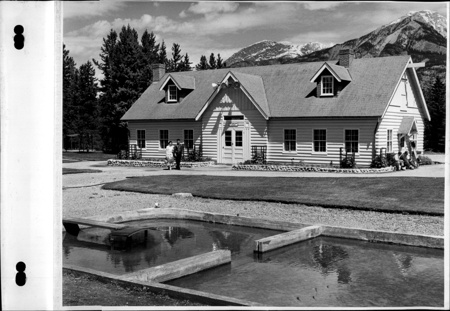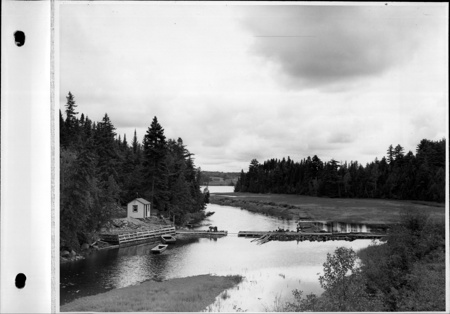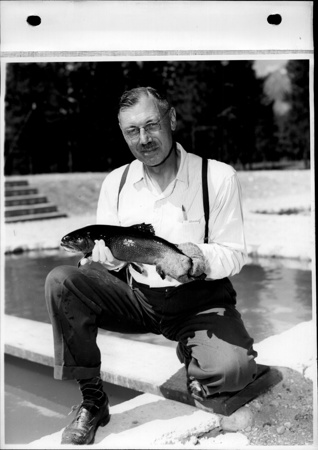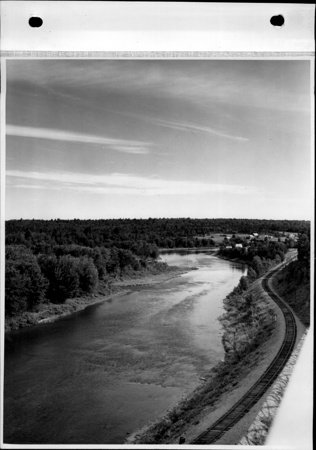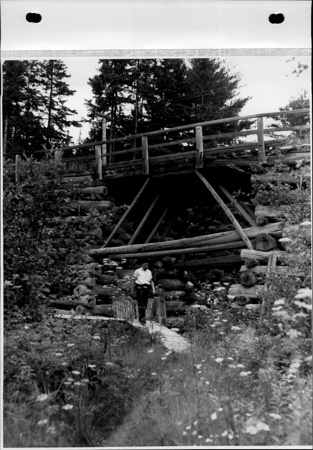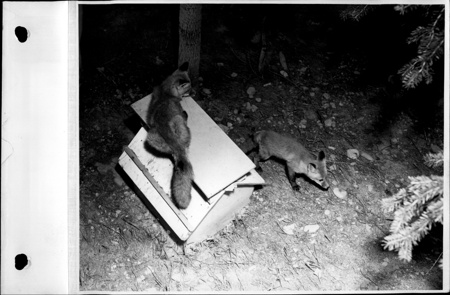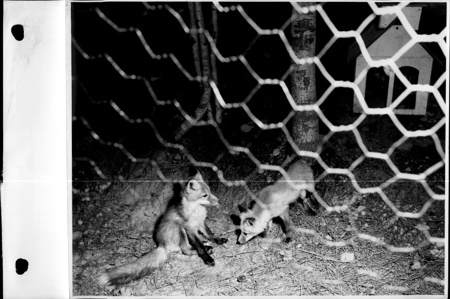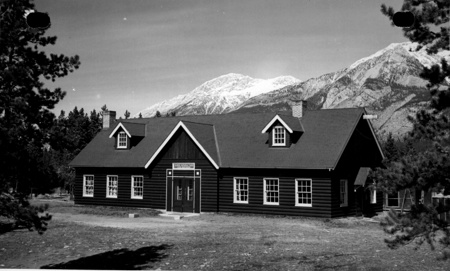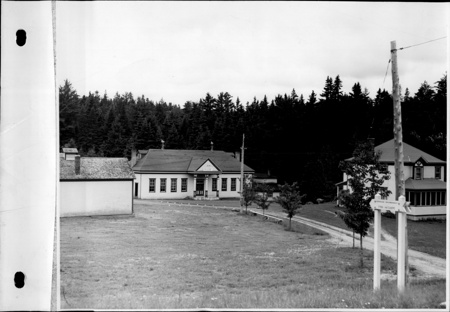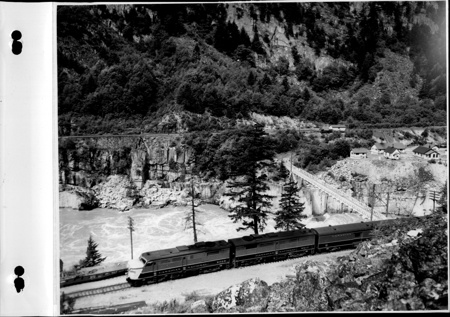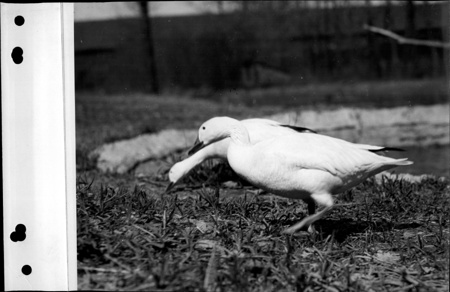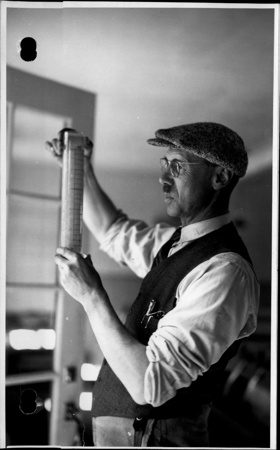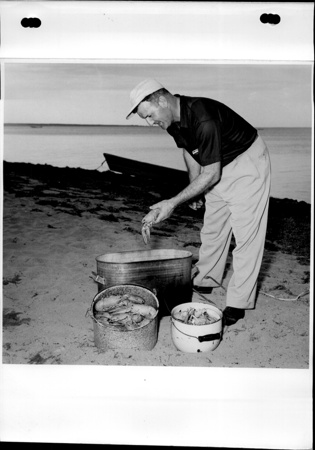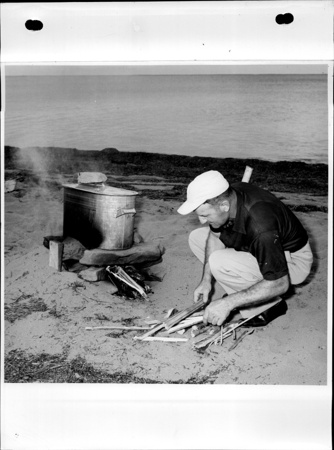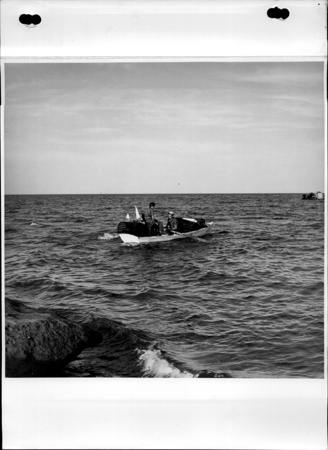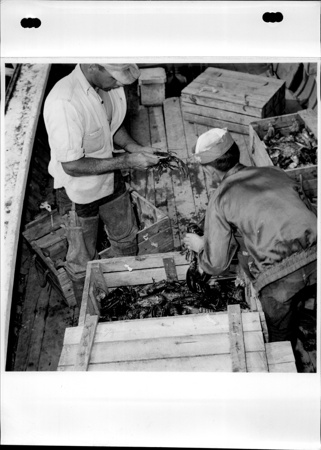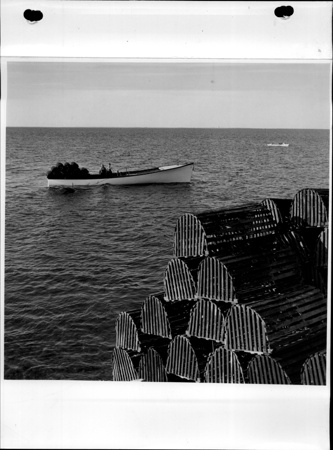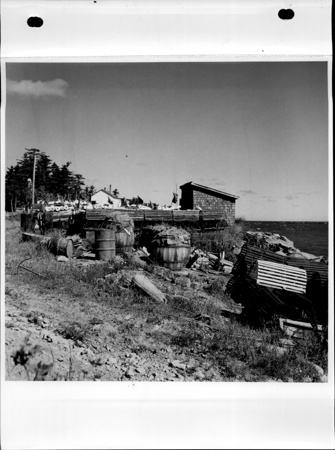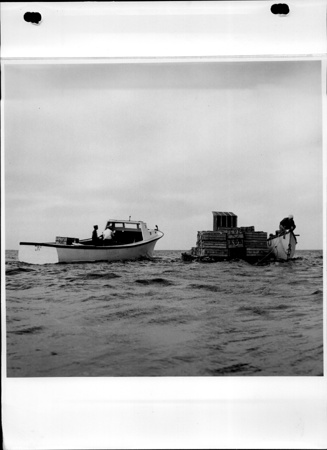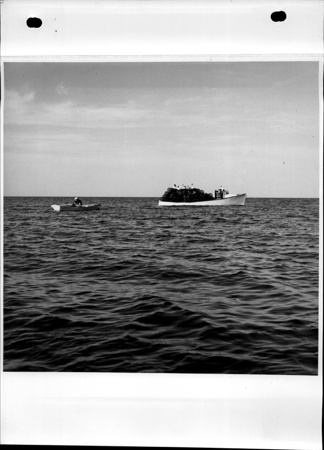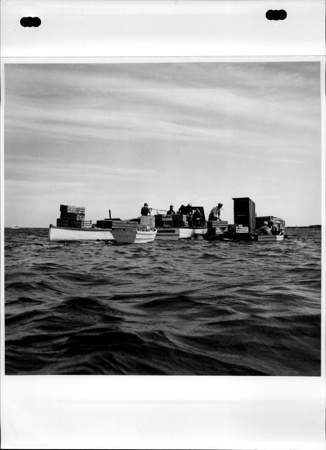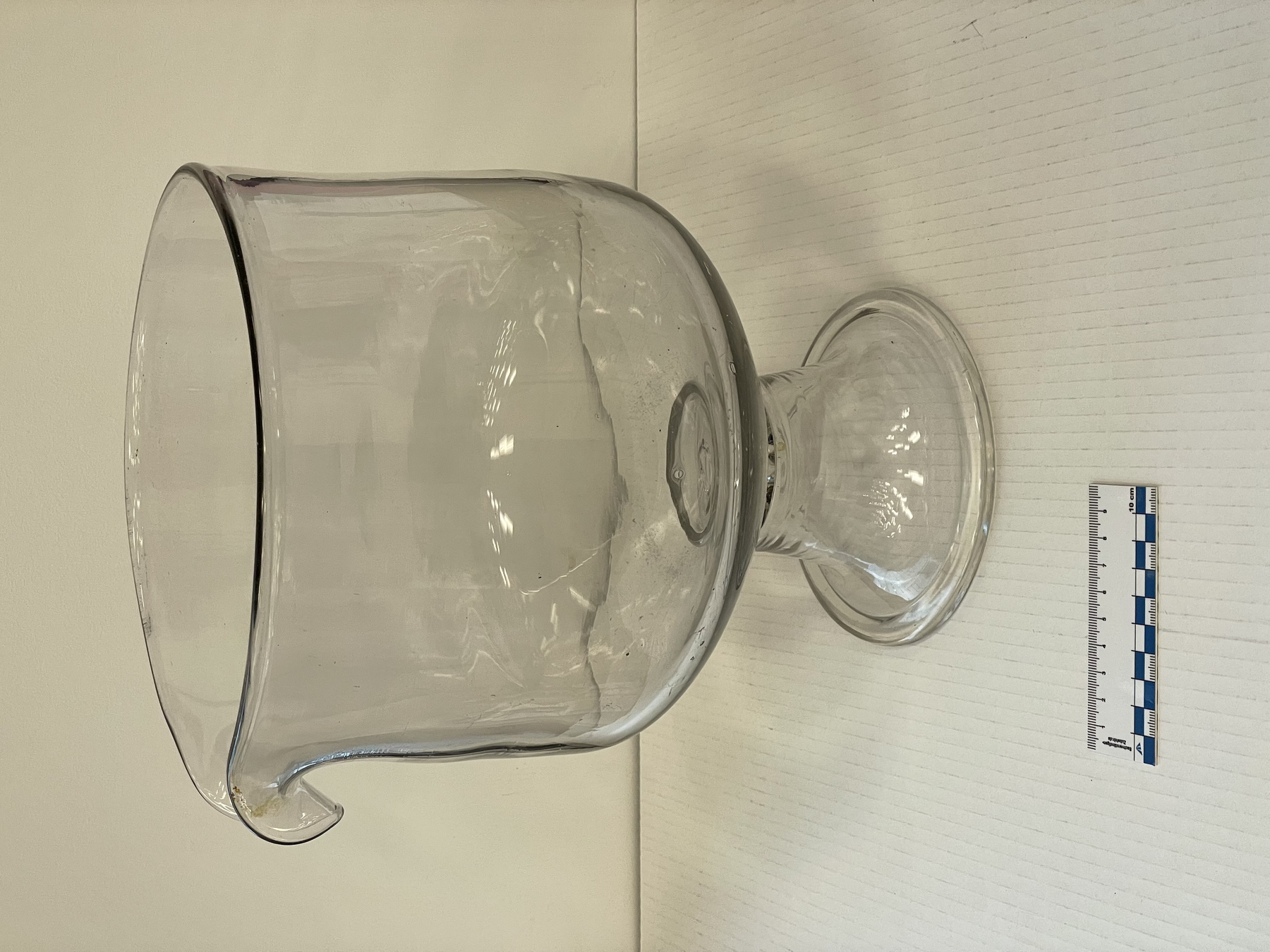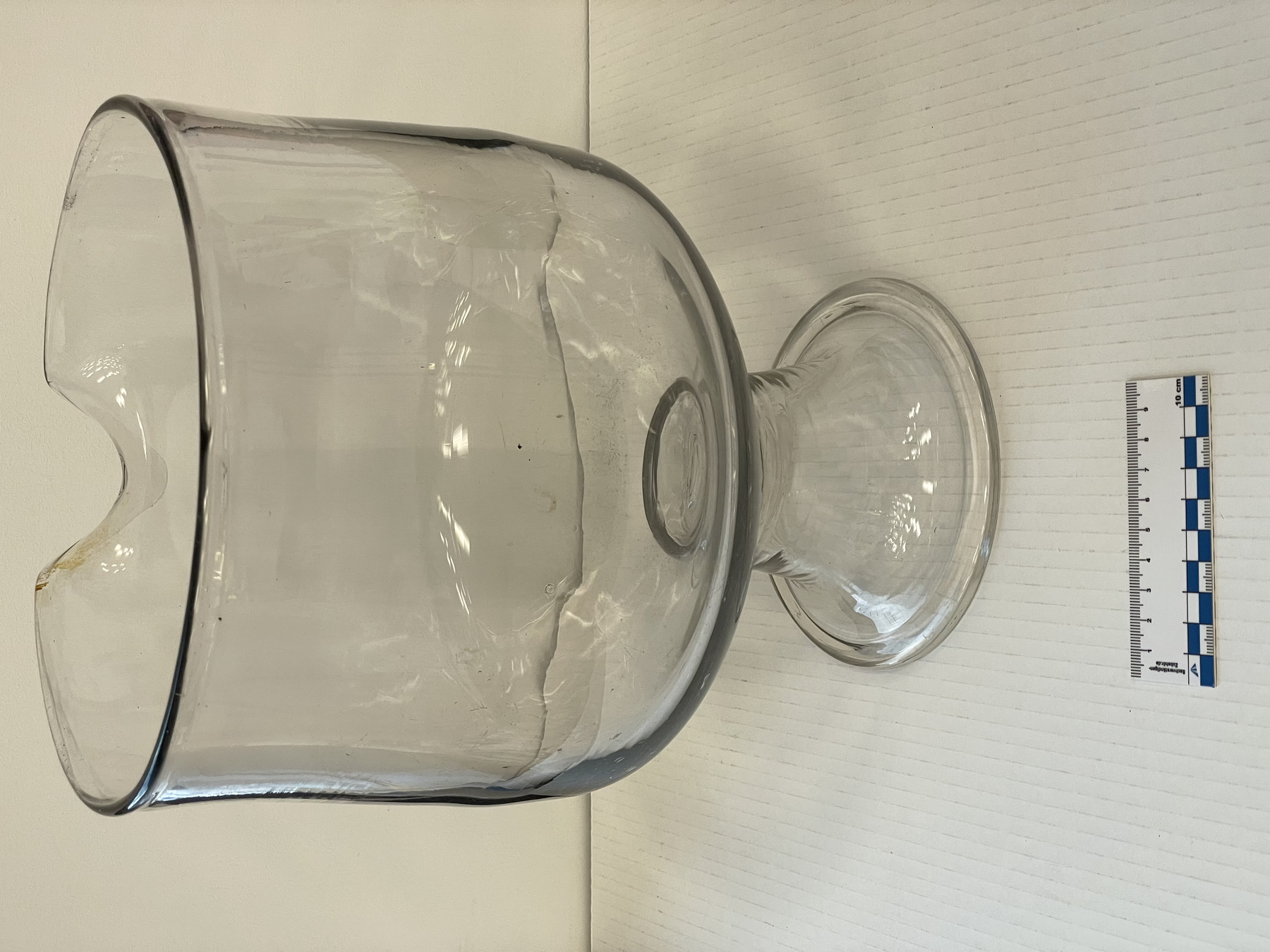Bocal
Utiliser cette image
Puis-je réutiliser cette image sans autorisation? Oui
Les images sur le portail de la collection d’Ingenium ont la licence Creative Commons suivante :
Copyright Ingenium / CC BY-NC-ND (Attribution-NonCommercial 4.0 International (CC BY-NC 4.0)
ATTRIBUER CETTE IMAGE
Ingenium,
2021.0004.001
Permalien:
Ingenium diffuse cette image sous le cadre de licence Creative Commons et encourage son téléchargement et sa réutilisation à des fins non commerciales. Veuillez mentionner Ingenium et citer le numéro de l’artefact.
TÉLÉCHARGER L’IMAGEACHETER CETTE IMAGE
Cette image peut être utilisée gratuitement pour des fins non commerciales.
Pour un usage commercial, veuillez consulter nos frais de reproduction et communiquer avec nous pour acheter l’image.
- TYPE D’OBJET
- S/O
- DATE
- 1891
- NUMÉRO DE L’ARTEFACT
- 2021.0004.001
- FABRICANT
- Inconnu
- MODÈLE
- Inconnu
- EMPLACEMENT
- Inconnu
Plus d’information
Renseignements généraux
- Nº de série
- S/O
- Nº de partie
- 1
- Nombre total de parties
- 1
- Ou
- S/O
- Brevets
- S/O
- Description générale
- Glass
Dimensions
Remarque : Cette information reflète la taille générale pour l’entreposage et ne représente pas nécessairement les véritables dimensions de l’objet.
- Longueur
- S/O
- Largeur
- S/O
- Hauteur
- 31,5 cm
- Épaisseur
- S/O
- Poids
- S/O
- Diamètre
- 25,5 cm
- Volume
- S/O
Lexique
- Groupe
- Service des pêches
- Catégorie
- Divers
- Sous-catégorie
- S/O
Fabricant
- Ou
- Inconnu
- Pays
- Inconnu
- État/province
- Inconnu
- Ville
- Inconnu
Contexte
- Pays
- Inconnu
- État/province
- Inconnu
- Période
- Inconnu
- Canada
-
Taken from acquisition proposal "Samuel Wilmot, the superintendent of fish culture for the Canadian fisheries department, established the Bayview Lobster hatchery in 1891 after declines in lobster catches, and sizes. It was believed that hatcheries would solve such problems-an article of faith among fish culturists. The Bayview hatchery was the first Canadian lobster hatchery and it annually produced millions of lobster fry for planting in the Northumberland Strait. Canadian fisheries scientist A.P. Knight undertook a study of the hatchery in 1916 and discovered, however, that the Bayview hatchery was not effective; indeed the high mortality of lobsters in the hatchery and when they were released in the wild led Knight to conclude that hatchery lobsters made no appreciable contribution to the fishery. To Knight, the output of hatchery fry could never “equal the simple plan of returning the berried lobsters to the sea and allowing them to hatch their eggs in a natural way.” (Knight 1917, 41) Knight recommended that berried lobsters be released rather than retained; he also urged more stringent scientific study of hatcheries to test the widely shared assumption that hatcheries increased the number of fish available for commercial and recreational fishing. This critique, which called into question the efficiency of Canada’s fish-culture efforts, reshaped how fisheries scientists understood the role of fish culture in fisheries management: Knight’s work also established the necessity of more research and experimental work in restoring stressed fish populations through the twentieth century." - Fonction
-
Jar was used to hold and hatch lobster eggs to larvae at the Bayview lobster hatchery at Caribou Harbour, Pictou, Nova Scotia. - Technique
-
Taken from acquisition proposal "The Bayview hatchery collected eggs from lobster-canning factories, reflecting the practice of fishers retaining “berried” lobsters, i.e. female lobsters that carried fertilized eggs in clusters on the underside of their abdomen or tail. Eggs were stripped from female lobsters at the canneries and placed in these wide, deep jars arranged in “batteries,” or rows in the hatchery. Each received a steady flow of salt water from a standing pipe, which aerated the eggs and promoted their transformation into larval lobsters. Once hatched, the free-swimming larvae were placed in tanks and, within 24 hours, shipped in pails carried to release points up and down the Northumberland Strait in a “gasolene launch.” From the photograph printed on page 30 of A.P. Knight’s 1917 lobster conservation report it appears that no two hatchery jars in the Bayview hatchery were the same: each was uniquely sized with apparent differences in depth and width. This, and the bubbles visible in the jar, suggest that the jar was hand-blown. The manufacturer is unknown, but may have been one of the several glassworks located in New Glasgow and Trenton, among which included Nova Scotia Glass Co., Lamont Glass Co. and Humphreys Glass Co., all of which operated between ca. 1881 and 1917. Mr. Craig purchased the jar in an antique store in New Glasgow in 2011. A filmmaker, Mr. Craig is a resident of Caribou Harbour, and owns property adjacent to the former Bayview Hatchery: he established a website in 2011 dedicated to local history, including the history of the lobster cannery and hatchery." - Notes sur la région
-
Inconnu
Détails
- Marques
- None apparent
- Manque
- S/O
- Fini
- Clear glass with a short spout and a pedestal base. Pedestal base and bowl are two pieces fused together.
- Décoration
- S/O
FAIRE RÉFÉRENCE À CET OBJET
Si vous souhaitez publier de l’information sur cet objet de collection, veuillez indiquer ce qui suit :
Fabricant inconnu, Bocal, vers 1891, Numéro de l'artefact 2021.0004, Ingenium - Musées des sciences et de l'innovation du Canada, http://collection.ingenium.ca/fr/id/2021.0004.001/
RÉTROACTION
Envoyer une question ou un commentaire sur cet artefact.
Plus comme ceci
